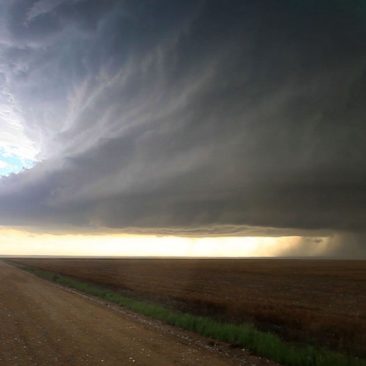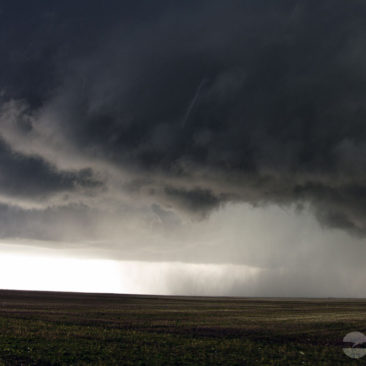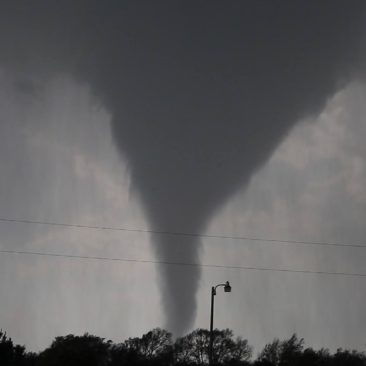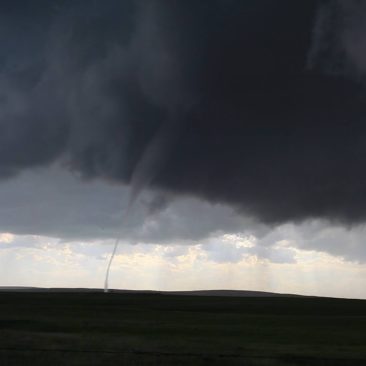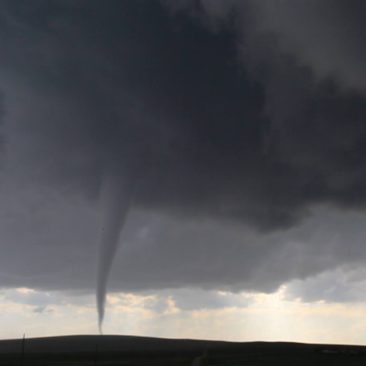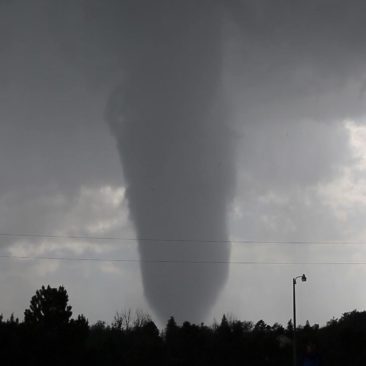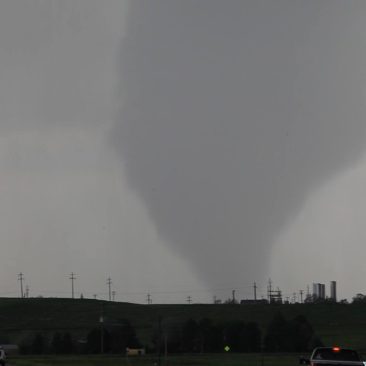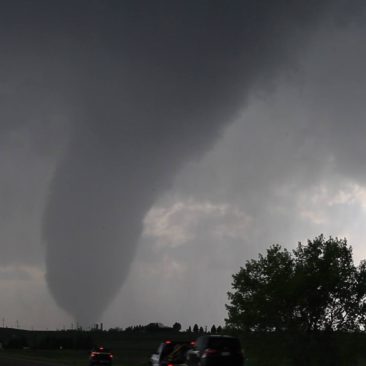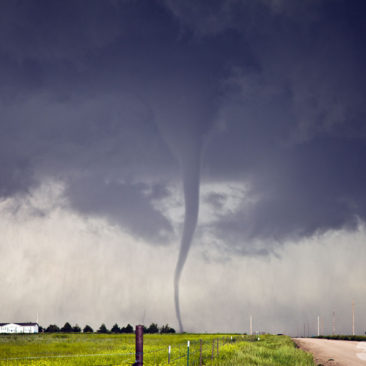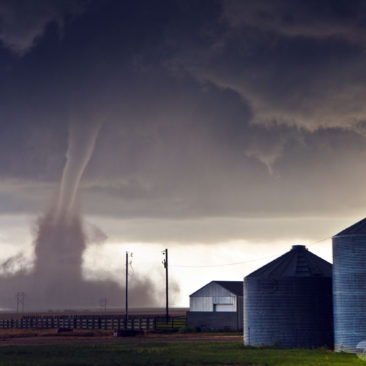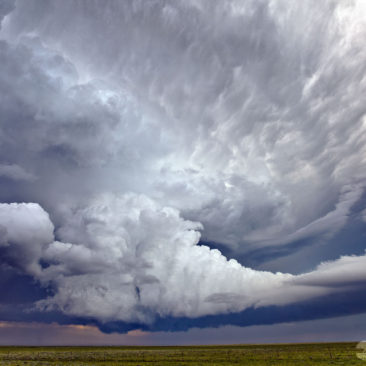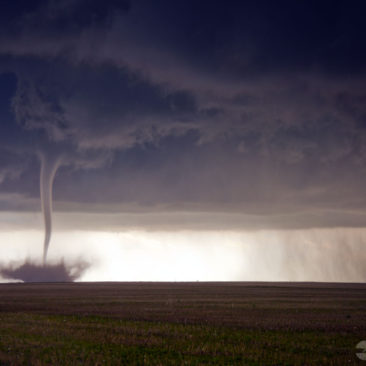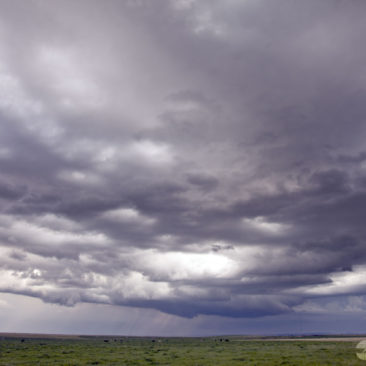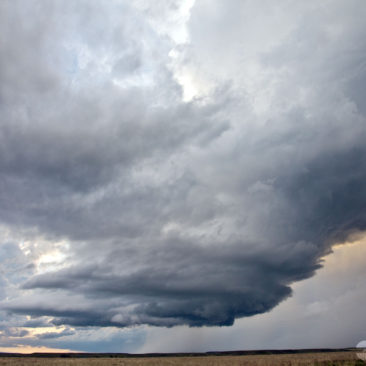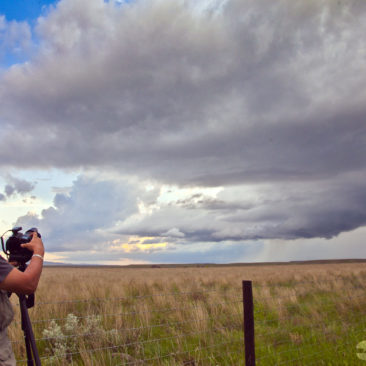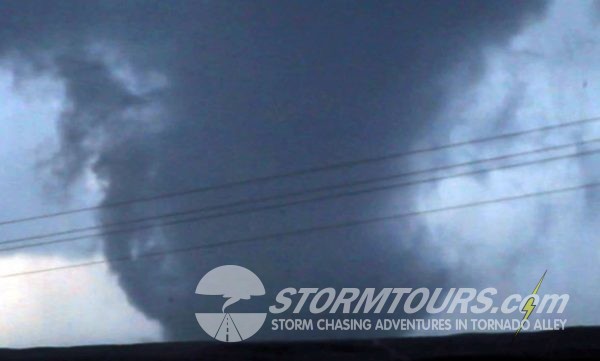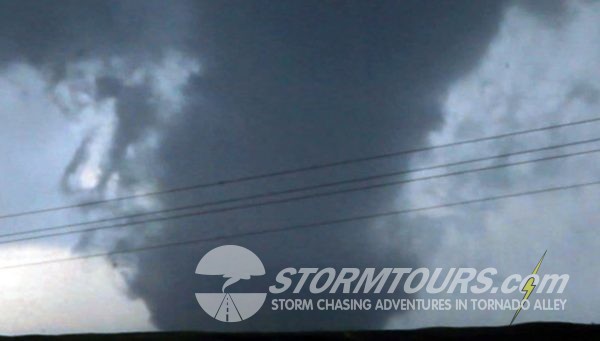Another on-call waterspout tour ends with the successful interception of two waterspouts in the Florida Keys. Earlier in the day, a waterspout was sighted just offshore Miami and when we heard that news, Brian began questioning whether or not he misinterpreted the forecast.
Within a few hours, things started shaping up and we intercepted a severe storm near Plantation Key and the town of Tavernier, which produced not just one, but two waterspouts at the same time. Unfortunately, it’s very difficult to access the water in some areas in the Florida Keys and these waterspouts were both on the bayside of the island, which is lined with private residences, so we had to settle with photos taken from US Highway 1.
A waterspout is an intense columnar vortex (usually appearing as a funnel-shaped cloud) that occurs over a body of water. They are connected to a towering cumuliform cloud or a cumulonimbus cloud. In the common form, it is a non-supercell tornado over water.
We only offer “waterspout tours” upon special request (via our contact form), we don’t offer them through our normal Tour Schedule. And, they are not easy to operate, a lot of this depends on the customer. Waterspout tours are “on-call” storm chasing tours. The customer(s) must be willing to either book a flight into South Florida, or be in in South Florida on very short notice.
We carefully monitor weather conditions for the type of conditions that might create waterspouts. When we see a pattern emerging that catches our eye, we send an email out to you. When you receive that email, you have one-hour to RSVP and prepare to book your flight or make whatever necessary arrangements possible to be in South Florida within 24-hours. It’s not for everyone, and we admit that it is extremely difficult to do, but for those who make it possible, it’s a great adventure!
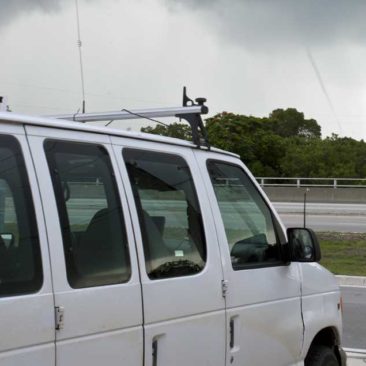
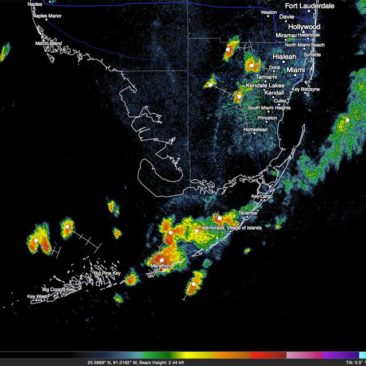
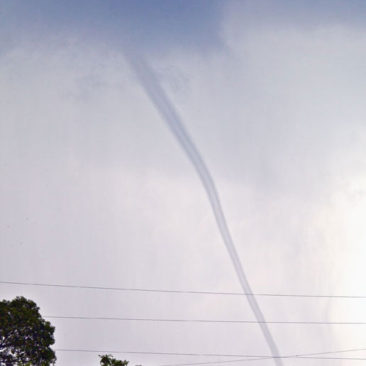

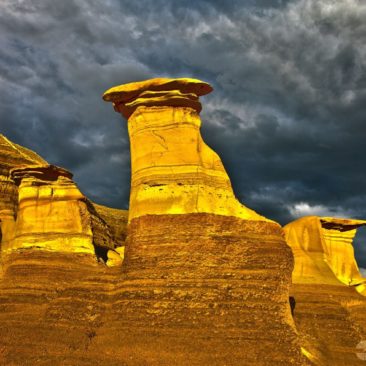
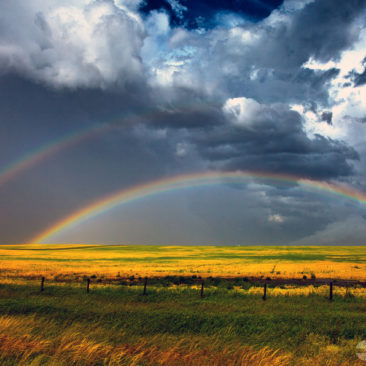
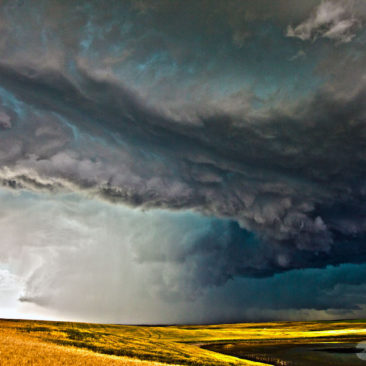
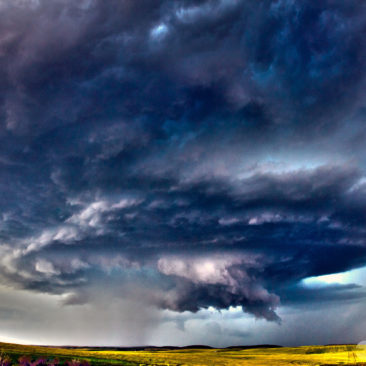
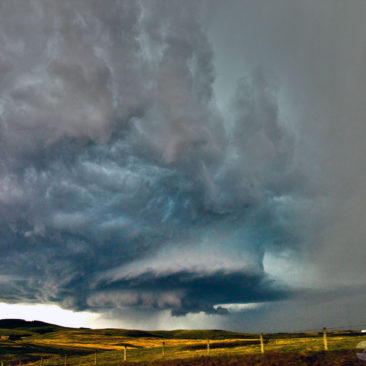
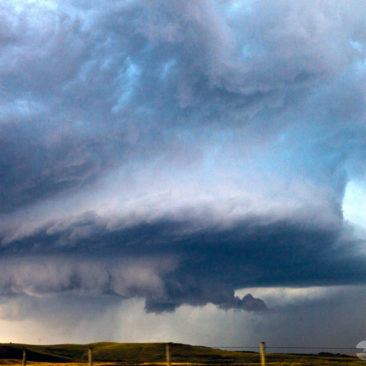
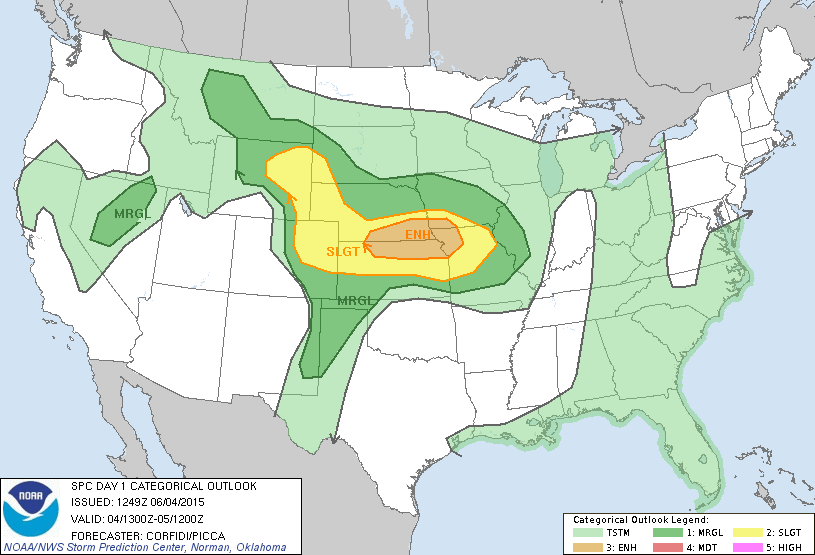 After looking at forecast data this morning, we assumed we’d likely see a tornado before the day’s end. But, what happened near the sleepy farming community of Simla, Colorado was a surprise to us all.
After looking at forecast data this morning, we assumed we’d likely see a tornado before the day’s end. But, what happened near the sleepy farming community of Simla, Colorado was a surprise to us all.